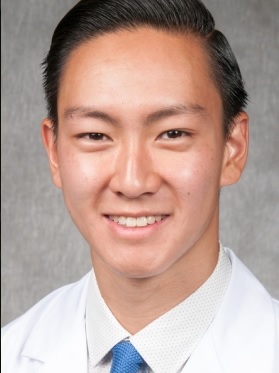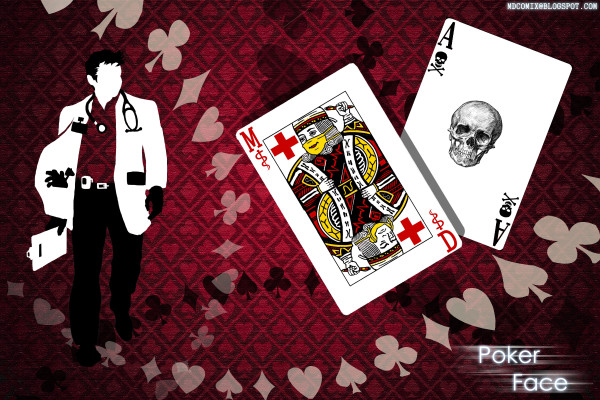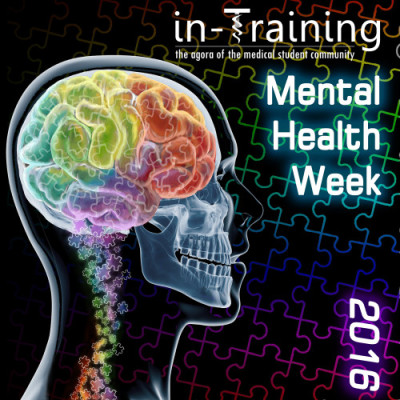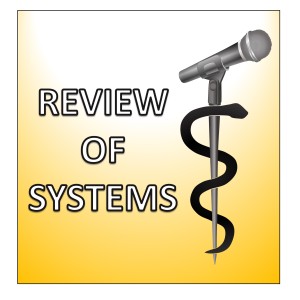Anonymous in Training: How Mental Illness Gets Overlooked In The Hospital
I followed my surgical rotation with my rotation in psychiatry. My experience was in many ways the opposite of surgery — there was more time to care for each patient, and there was more time to care for ourselves. I would show up at 7:45 in the morning, spend the day conducting lengthy interviews with my one or two patients and then rounding on these same patients later with the team, leaving by 5 p.m. It was refreshing to have time to study, time to exercise, time for sleep. But the work itself troubled me.






